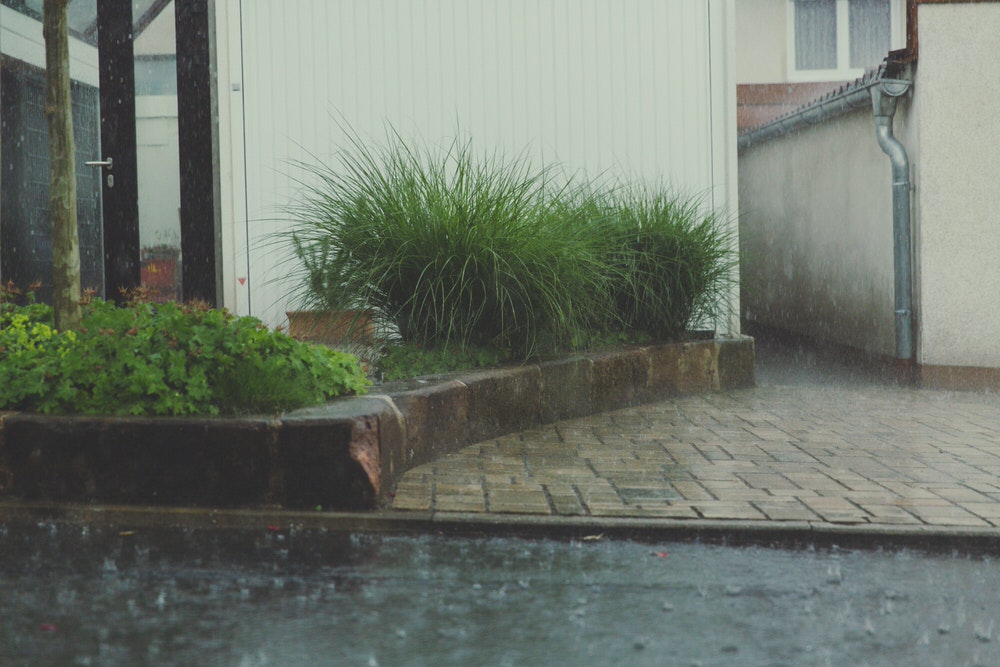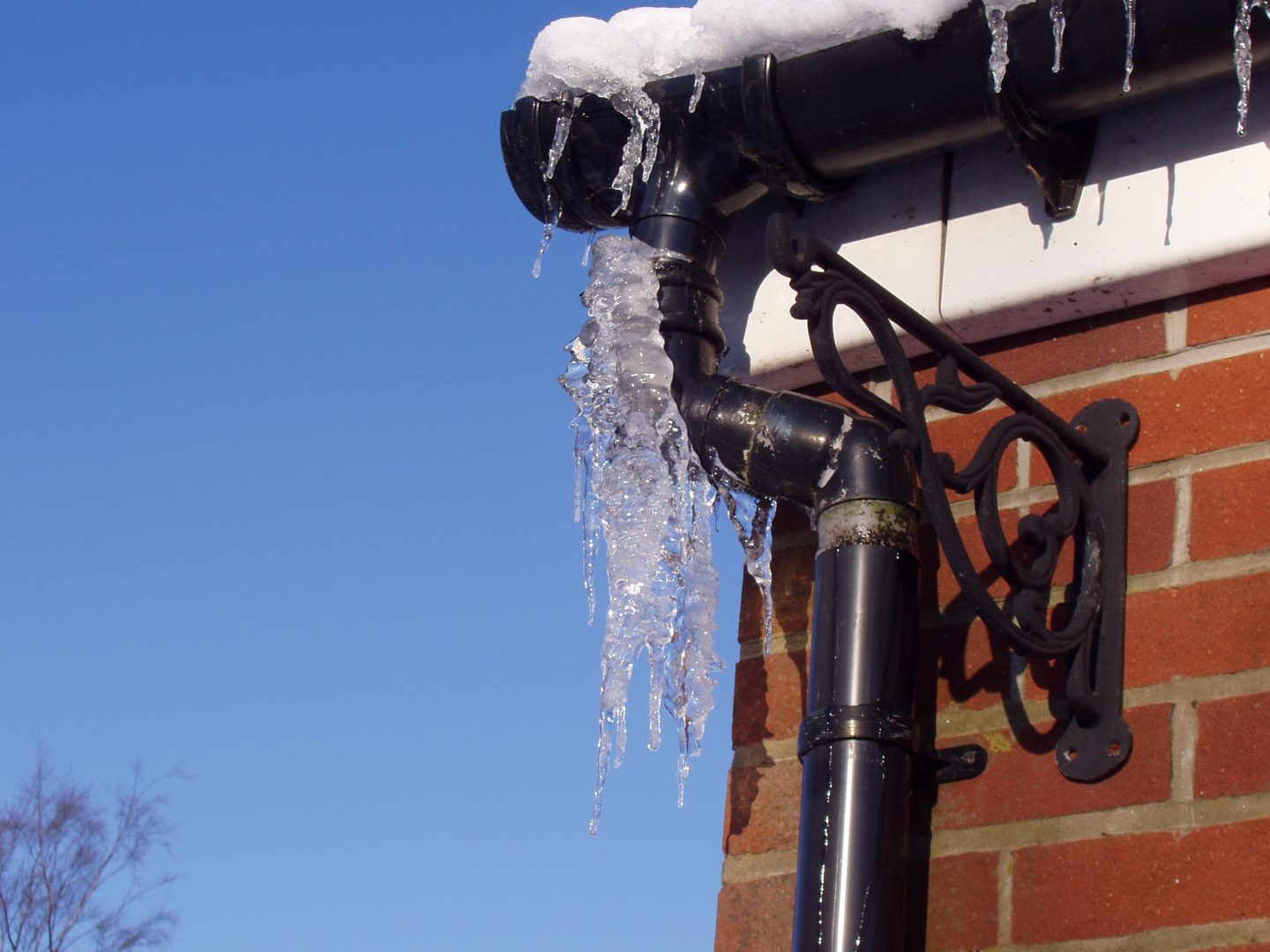The weather can be unpredictable and sometimes dangerous. It is essential to prepare for the worst-case scenario so that you are not caught off guard if a storm or other natural disaster damages your home. Here are six ways to prevent damage from Mother Nature.
1) Seal Windows And Doors
Windows and doors are the most common entry points for water and wind to damage your home. Seal them properly with weatherstripping, caulk, or dampness treatment to keep the elements out. If you have older windows, consider investing in window inserts or storm windows which will provide an extra layer of protection against the weather. And make sure all your doors have good quality seals around them so that moisture and cold air don’t seep in.
2) Clean Gutters And Downspouts
Gutters and downspouts that are clogged with leaves, branches, and other debris can cause water to overflow onto your roof or foundation. Prevent this by making sure the gutters and spouts on your house are clean at all times, so you don’t have a major issue during bad weather.

Photo by Markus Spiske from Pexels
3) Inspect Roof And Ceiling For Damage
Your roof and ceiling are vulnerable to damage during heavy storms, snowfall, or hail. Inspect them for any cracks that could let water into your home’s walls, leading to mould growth and other serious structural issues.
4) Prevent Frozen Pipes
Frozen pipes can burst and cause a lot of water damage. To prevent this, make sure to insulate any exposed pipes in your home, especially in basements and attics. And if you live in an area that is prone to cold weather, keep a close eye on the temperature inside your house so that the pipes don’t freeze.
5) Trim Your Trees
If you have large trees near your house, make sure to trim them regularly so that they don’t fall on top of your roof or damage your windows during a storm. Fallen trees can also cause power outages, so it is important to take precautions against this. Contact a professional contractor who specialises in weatherproofing homes for more information and advice. They will be able to provide specific solutions for your individual home and property.
6) Install A Surge Protector
A surge protector is a device that helps protect your electronic equipment from power surges. A power surge can occur when there is a sudden increase in voltage, damaging or even destroying electronics. To help prevent this, install a surge protector to protect your appliances, computers, and other devices. For more information on choosing the right surge protector for your needs, visit the National Electrical Manufacturers Association (NEMA) website.
In conclusion, there are a number of things you can do to protect your home from weather-related damage. By following these simple tips, you can help keep your property safe and sound during lousy weather. Next, contact a professional contractor specialising in weatherproofing homes for more information and advice. They will be able to provide specific solutions for your individual home and property.
